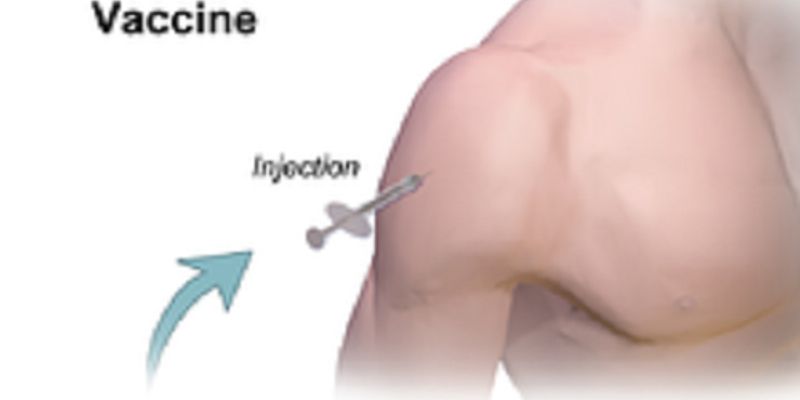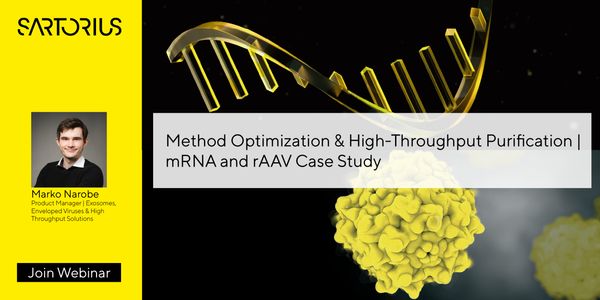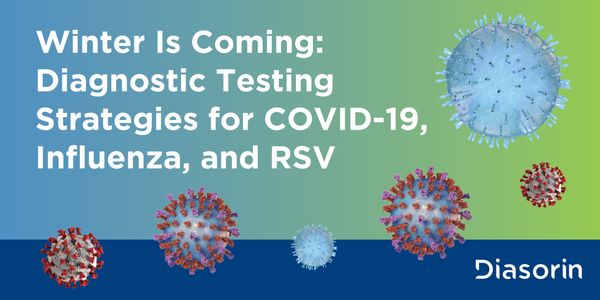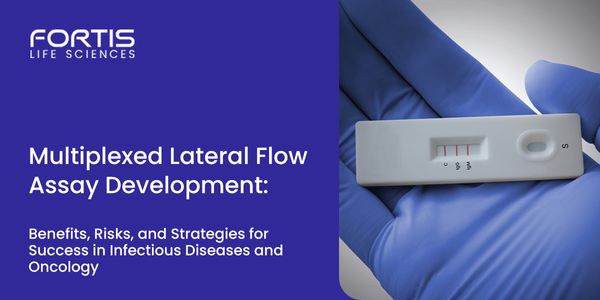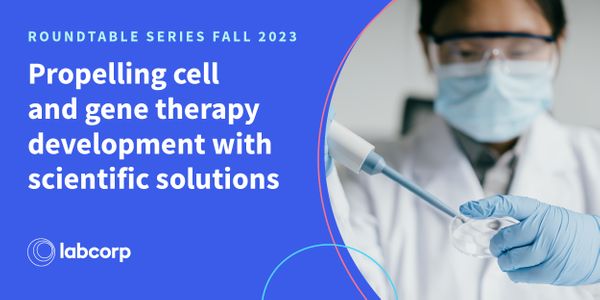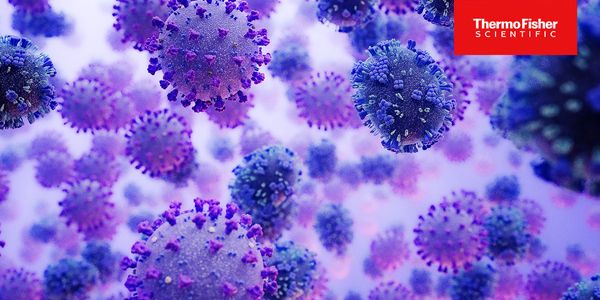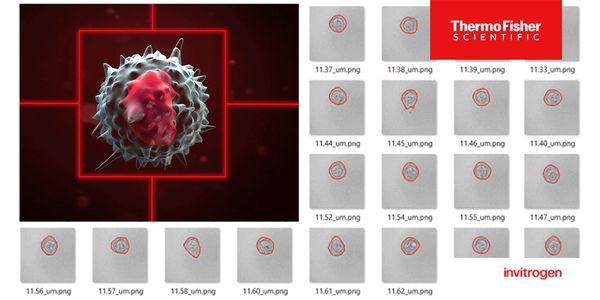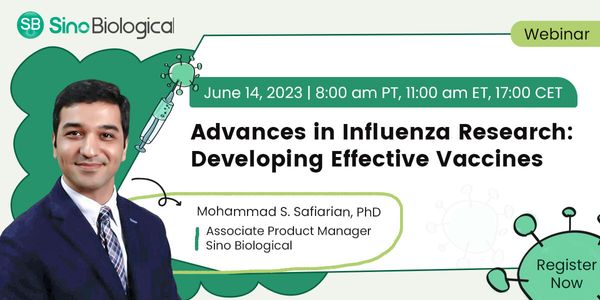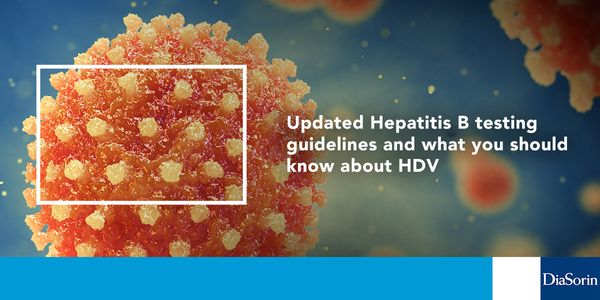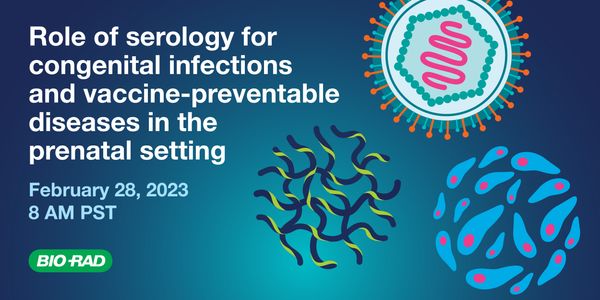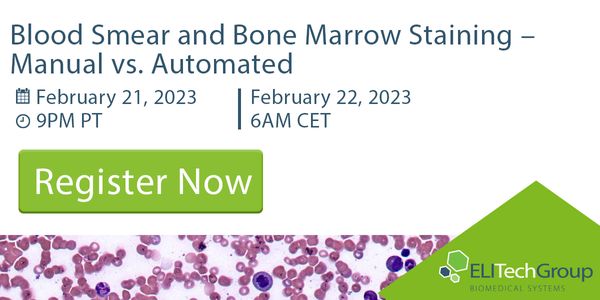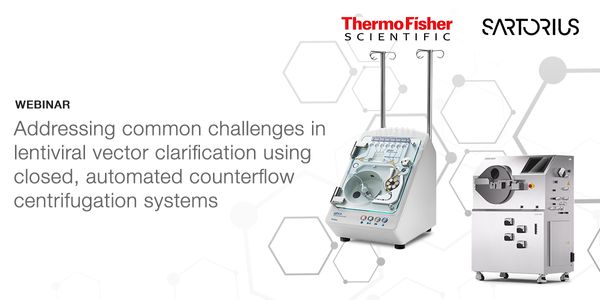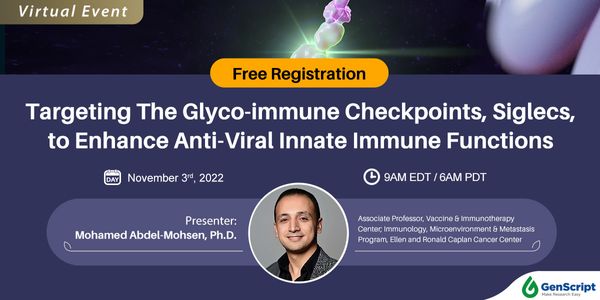Vaccine
Vaccine: a substance used to stimulate the production of antibodies and provide immunity against one or several diseases, prepared from the causative agent of a disease, its products, or a synthetic substitute, treated to act as an antigen without inducing the disease. A vaccine typically contains an agent that resembles a disease-causing microorganism and is often made from weakened or killed forms of the microbe, its toxins or one of its surface proteins. The agent stimulates the body's immune system to recognize the agent as a threat, destroy it, and recognize and destroy any of these microorganisms that it later encounters.
-
JAN 24, 2024 | 9:00 AMThe downstream processing of virus particles, vesicles, RNAs, plasmids and other forms of DNA, contains multiple interdependent steps, each requiring optimization for best results. This webi...DEC 14, 2023 | 10:00 AMC.E. CREDITSOver the course of the COVID-19 pandemic, there has been a dramatic increase in the number and type of diagnostic tests for respiratory viruses. These include targeted molecular assays, smal...DEC 07, 2023 | 10:00 AMC.E. CREDITSLateral flow assay applications have become increasingly diverse in a post-pandemic world, and the areas of infectious disease and oncology continue to be at the forefront. In both areas, th...OCT 24, 2023 | 8:00 AMTo bring your cutting-edge cell and gene therapies to the patients that need them as quickly as possible, you need access to the most knowledgeable scientists, innovative technologies, metho...OCT 12, 2023 | 6:00 AMAcute coughing is one of the most common reasons for consulting in primary care thus driving considerable antibiotic use and health-care costs. Currently, identification of microbial etiolog...Speaker: Prof. Dr. Greet Ieven, PhD , Israel Figueroa , Jelena Feenstra, PhDSponsored By: Thermo Fisher ScientificSEP 14, 2023 | 8:00 AMFlow cytometry plays a crucial role in the rapidly growing field of cell therapy, this method is used to identify different types of cells throughout the manufacturing process, from initial...JUL 26, 2023 | 8:30 PMDifferences in how users gate populations within experiments are major sources of variability in flow cytometry data analysis. Incorporating automated image analysis can substantially reduce...JUL 26, 2023 | 8:00 AMDifferences in how users gate populations within experiments are major sources of variability in flow...JUL 20, 2023 | 8:00 AMSingle-cell ATAC-seq (Assay for Transposase-Accessible Chromatin using sequencing, scATAC-seq) is a relatively new and powerful technique that allows researchers to identify open chromatin r...The practice of pathology is rapidly undergoing a transformation in which multiple tools such as digital imaging, advanced artificial intelligence algorithms, and computer-aided diagnostic t...
JUN 14, 2023 | 8:00 AM
C.E. CREDITS
Influenza is a highly contagious respiratory illness that affects millions of people worldwide each year. The influenza virus is constantly evolving, making it difficult to predict and preve...
JUN 13, 2023 | 8:00 AM
C.E. CREDITS
1. HBV 5 Line Guideline (Proposed): • Test all adults for Hepatitis B with the triple panel: HBsAg, Anti HBc total, Anti HBs • Vaccinate all adults for HBV who are HBV triple panel...
FEB 28, 2023 | 8:00 AM
C.E. CREDITS
Date: February 28, 2023 Time: 8:00am (PST), 11:00am (EST), 5:00pm (CET) Prenatal infections can increase the risk of serious health complications including miscarriage, organ damage, birth...
FEB 21, 2023 | 9:00 PM
Date: February 21, 2023 Time: 9:00pm (PST) February 22, 2023 6:00am (CET), 10:30am (IST) This is both a general overview on the advantages of automation and specifics like the diagnosis of l...
NOV 16, 2022 | 7:00 PM
Date: November 16, 2022 Time: 2:00pm (AEST) Date: November 17, 2022 7:00pm (PST), 10:00pm (EST), 4:00am (CET) The growth in FDA-approved cell and gene therapy products for the treatment of d...
NOV 09, 2022 | 8:00 AM
Date: November 09, 2022 Time: 8:00am (PST), 11:00am (EST), 5:00pm (CET) The field of cell and gene therapy is rapidly growing. In particular, the use of lentiviruses in CAR-T applications is...
NOV 03, 2022 | 6:00 AM
Date: October 13, 2022 Time: 10:00am (PDT), 12:00pm (EDT), 8:00pm (CEST) Most known immune checkpoints exert their effects upon protein-protein interactions, such as the PD1 checkpoint on CD...
COVID-19 remains a global health emergency with limited treatment options, lagging vaccine rates, and inadequate healthcare resources in the face of an ongoing calamity. The disease is chara...
Learning Objectives: 1. Discuss the methods used to diagnose COVID-19. 2. Define the preventive approaches to COVID-19. 3. Discuss the treatment strategies for COVID-19....
SARS-CoV-2 spreads through airborne transmission. Aerosols containing live virus are dispersed when an infected person exhales and then continue to accumulate indoors, putting others at risk...
In the US, there are about 75 million individuals less than 18 years of age. COVID-19 has had a major impact on the pediatric population, as there have been more than 13.5 million documented...
SARS-CoV-2 vaccine efficacy testing is now facing increasing challenges in the face of an ongoing pandemic with the emergence of new variants and waning vaccine immunity. Evidence supports t...
Coronavirus Immunotherapeutic Consortium (CoVIC) is an international effort to conduct side-by-side, apples-to-apples comparisons of leading therapeutic antibody candidates against the SARS-...
The ongoing COVID-19 pandemic has increased awareness about sex-specific differences in immunity and outcomes following respiratory virus infections. Strong evidence of a male bias in acute...
